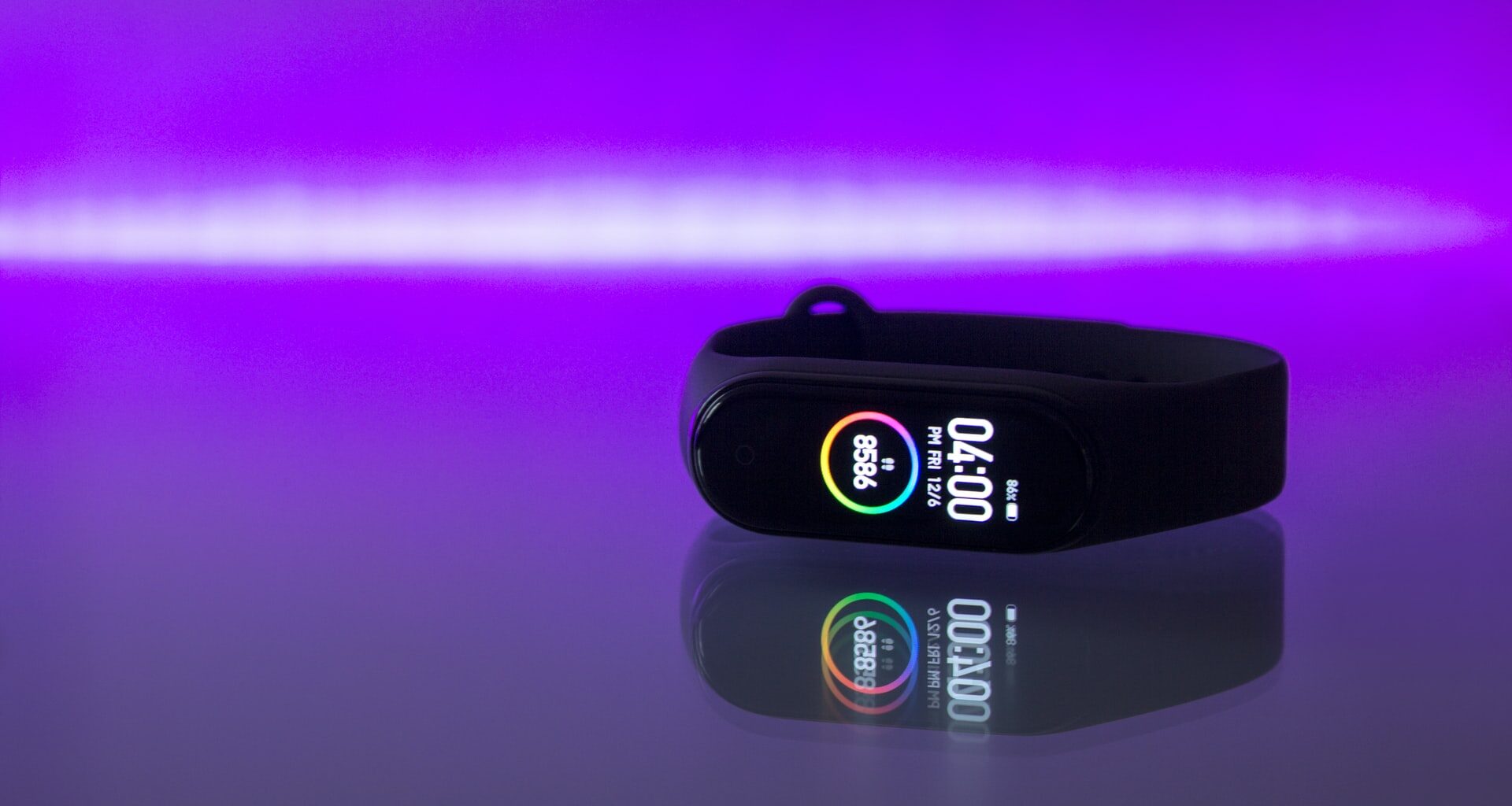For the past 2 months or so, I’ve been trying out a new fitness tracker, the Oura ring. As the name suggests, it’s a titanium ring embedded with a bunch of sensors and electronics, used to track things like heart rate, movement, and body temperature. The hardware plus a multi-day battery does end up making the ring a tad thicker than an engagement ring or wedding band, but it’s reasonably comfortable, and is designed to be taken off regularly when it gets in the way.
The product got some publicity in the beginning of the pandemic, when the NBA created its bubble in Disney World to salvage its season and gave its players a choice to wear Oura rings to detect early signs of COVID via its heartrate monitoring. It’s not clear whether that actually worked; there’s been no confirmation of efficacy 1, and more damningly, the company does not advertise it as an actual use case in its current marketing.
That said, Oura is one of the few companies left that is still trying to produce fitness trackers for the US market. The ring form factor is pretty unique—the only other brand I’m aware of with any sort of traction was Motiv2, but they shut down their customer efforts a few years ago3. Everyone other tracker goes with a wristband, which seems to be easier and cheaper to build at scale.
But even with wristbands, there aren’t that many companies left who are actively, rapidly iterating on their hardware and software. Fitbit was the last big player standing, and it finally sold itself to Google and in doing so has slowed down its release roadmap even further. There are other products like Whoop—focused on a fitness niche and staying afloat with an expensive subscription model—but then again, transitioning from hardware sales to subscription services has been trending for the consumer fitness industry, drafting off of the gym membership business model.
The real category of consumer electronics that has superceded the health tracker is the smartwatch, in the same way that the smartphone obsoleted many, many other electronic categories. And with smartwatches, it’s really just Apple Watch leading the way, with Huawei and Samsung watches in distant second and third places, and then everyone else contributing to the long tail of wearable sales.
Like the iPhone, Apple’s devices capture an outsized proportion of the segment’s overall revenues and profits as well. They have led the way to rebuild the core functionality of a fitness tracker into a minicomputer shaped like a watch, and then market it as both a tracker and a piece of jewelry. Along the way, they’ve convinced users to buy new ones every couple of years, at the same cadence as their phone upgrades4. It’s not unusual for an industry to consolidate around a few big players; in this case, I suspect that these 3 companies are the ones most capable of investing in the R&D necessary to iterate meaningfully on the hardware, while building out software—both in the watch but also on their smartphone companions—that make for a decent user experience.
On the other side are the undifferentiated low-end smart bands and watches cobbled together from random parts in an electronics bin somewhere in a factory in Shenzhen. They sell for $20 on Amazon, and they do have the sensors to perform basic functionalities like step tracking and heart rate monitoring; it’s just unclear how accurate the readings actually are, and the software is generally terrible. Most of the Chinese device manufacturers aren’t building for markets outside of their home countries, and it shows. On a whim, I tried out the fanciest tracking band I could find, the Amazfit X. The hardware is indeed beautiful and the curved glass unique, but the software kept on dropping its bluetooth connectivity, sections of the app aren’t translated, and the actual health recommendations read like horoscopes.
This dynamic has hollowed out the “middle class” of fitness trackers, the Motivs and Fitbits of the industry that can’t quite race to the bottom on manufacturing but don’t have the resources to invest in continuously new hardware. It’s too bad, as I think this middle ground combines interesting—at times experimental—form factors along with decently good usability and user experience. For instance, I’ve tried but cannot find the modern equivalent of the Jawbone UP: a simple, screenless, lightweight band that theoretically can be worn alongside a mechanical watch as a step tracker.
So back to the Oura—I’m hopeful for the product, but not terribly optimistic. The complexity of the ring makes the product as expensive as high-end smartwatches, and while they’re making the right business decision in moving to a subscription model, it’s not clear how much value they can add with the hardware shipped. Maybe they have an opportunity in partnerships, like Peloton integrating with the Apple watch, or expanding on their mindfulness offerings more towards something like Calm or Headspace—and differentiate via software.
It didn’t seem like most players wanted to wear it.↩
I tried one for a year or so as well.↩
Amazon also tried doing a smart ring, but quickly killed it.↩
It also helps that the batteries tend to degrade in a couple years’ time, severely limiting the watches’ utility.↩



